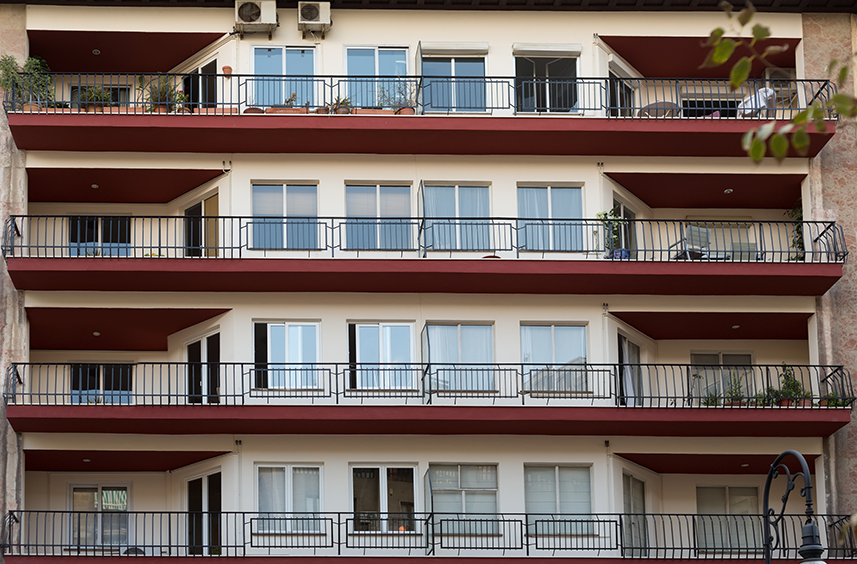Ratio utility billing, or RUBS, proportionally allocates costs for water, gas, electric, trash, cable and other services to residents based on an industry-accepted formula that takes into account unit size, layout, occupancy and more.
RUBS billing is typically utilized where space, system age, configuration or complexity makes it impossible or too expensive to install individual submeters. It is a fast and inexpensive solution that improves utility cost recovery, allocates costs more fairly among tenants, decreases unnecessary consumption, and increases NOI across your portfolio. RUBS is suitable for all types of multifamily properties, including apartments, condominiums, HOAs, mobile home parks and more.
90
Our commitment to providing unparalleled service, highly effective utility system design and maximum cost recovery has helped us recover over 90% of utility costs for our clients.
What Is RUBS?
A ratio utility billing system, or RUBS, is an alternative to a true utility submetering system. With submetering, each unit’s consumption of water, gas or electricity is measured by a physical device. With RUBS, utility costs are allocated using an industry-accepted formula, typically taking into account the number of occupants per unit, unit square footage and layout, the number of bedrooms and bathrooms, specific amenities and other factors. The result is a fair and equitable division of master utility bills, which leads to improved cost recovery, increased net operating income and increased revenue.


When Is RUBS Billing Used?
RUBS is typically used when a building’s infrastructure is too old or complicated for submeters to be installed, or when a property owner or manager requires a less costly alternative to true submetering. Because there is no equipment to buy, install and maintain, RUBS is less expensive than a water, gas or electric submetering system. The flip side, though, is that RUBS is less precise than submetering. It does not measure a unit’s exact utility consumption; rather, it allocates cost based on a mathematical formula.
Not sure which is right for you? Contact our utility billing experts for a free consultation.
How Can Synergy Help?
Synergy makes it easy to implement a ratio utility billing system across your entire portfolio or on one specific multifamily property. We begin by creating a custom RUBS formula that takes into account each property’s specifics including layout, common areas and unit size. From there, we handle the utility billing and collection process entirely. Our team calculates your residents’ bills, offers multiple ways for residents to pay and remits utility costs back to you on a monthly basis.
Our full-service RUBS solution includes delinquent account monitoring and notifications, detailed reporting, rich analytics and system optimization, and 24/7/365 online portals for both managers and residents.

Get a Free Quote
When you partner with Synergy, you get unparalleled responsive service that improves NOI, improves property value and unlocks insights that legacy RBCs simply can’t match.


